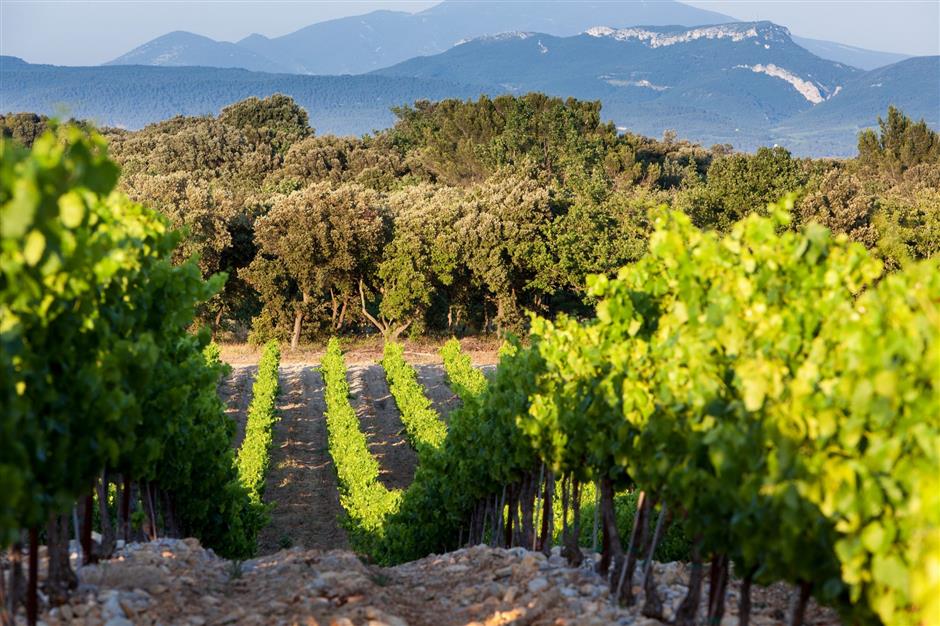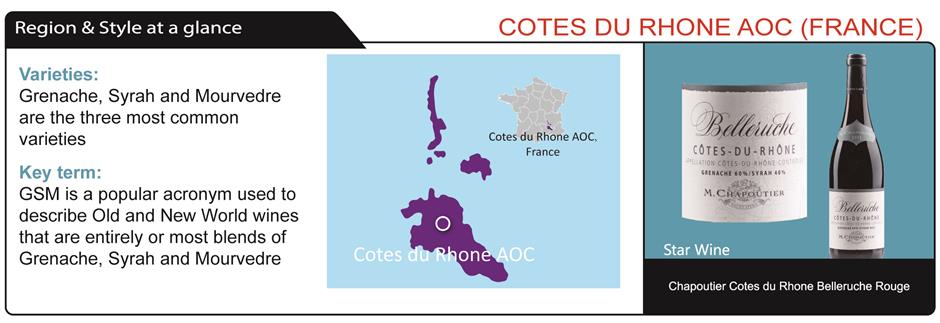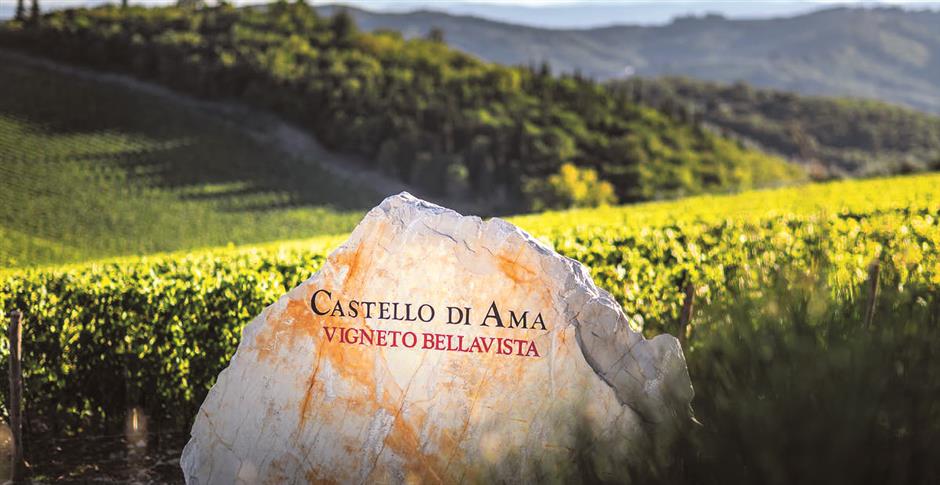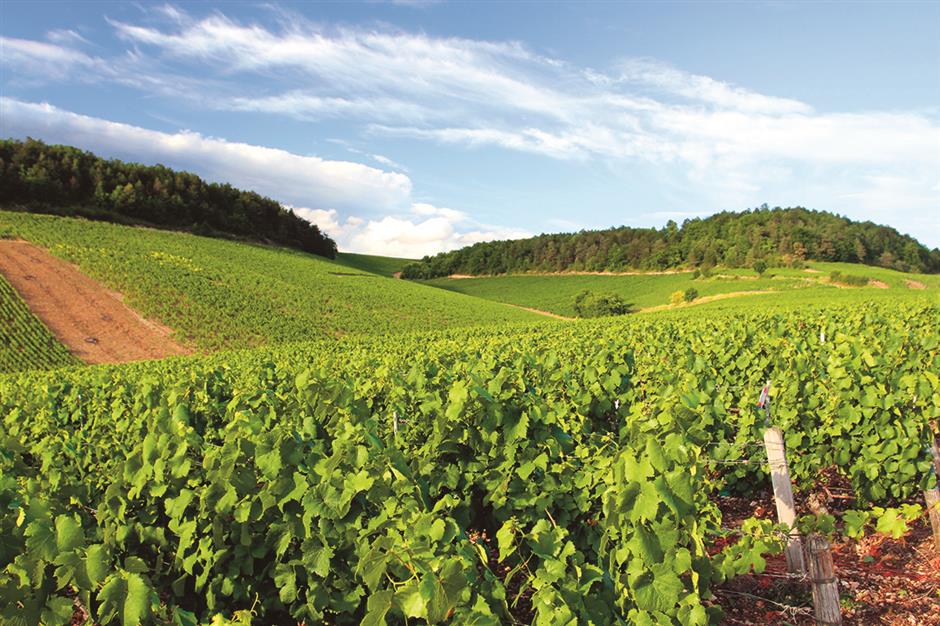Summary
In temperate climates around the world, the advent of autumn imparts paradoxical feelings of regret for the end of summer warmth, sun and fun juxtaposed against pleasing cool breezes, colorful foliage, harvest celebrations and anticipation of seasonal holidays.
From an etymological standpoint, autumn remains mysterious. The words winter, spring and summer all have their roots in the Latin language, but the historical roots of the word autumn is of more nebulous origin. First mention in the English language is in the 15th century and over the next 100 years, autumn gradually replaced the term harvest to denote the season that follows summer and precedes winter. The most obvious progenitors are the Middle English autumpne that most likely derives from the Latin autumnus that may have been adapted to the more ancient language of the pre-Roman Etruscan civilization.
Whatever its etymological roots, the onset of autumn is also the perfect opportunity to explore new wines, especially wines that match seasonal fare and fortify the body on brisk fall evenings. One such body- and soul-warming wine from the south of France does the job perfectly.
Cotes du Rhone AOC
Wines have been made in the southern Rhone since pre-Roman times and became especially popular during the schism when the Catholic Church was headquartered in Avignon. Several of the Avignon Popes were active in promoting as well as consuming local wines. The acronym CDR was introduced in 1737 as an official brand to be protected by the government. A century later these letters were expanded into the modern name Cotes du Rhone.
The Cotes du Rhone appellation gained AOC status in 1937 and quickly became one of France’s most popular red wines. In 1966, the Cotes du Rhone Village appellation was established to recognize village-specific wines of high quality. There are presently nearly two dozen recognized village wines.
In English the name Cotes du Rhone means slopes of the Rhone, and the wines account for about 80 percent of region’s production. An important factor that gives Cotes du Rhone red wines their distinctive character is the numerous grapes which can be used in the blend. Unlike their neighbors in the northern Rhone where many of the great reds are single-variety Syrah wines, Cotes du Rhone wines can have up to 23 different varieties.
The four most important are Grenache that depends on what region of the Rhone the wine comes from is about 40 percent of the blend, Syrah, Mourvedre and Carignan. In the blend, Grenache contributes alcohol, fruitiness, spices and a round texture, while the noble variety Syrah adds deep color, aromas and flavors of raspberry, black current, pepper and floral notes. Mourvedre provides intensity, tannins and spices, and Carignan typically adds color, tannins, alcohol and often an earthy quality to the wines.

The large Cotes du Rhone region tends to have a continental climate in its northern reaches and more of a Mediterranean climate in the south. This means that producers in the north tend to make more structured and tannic wines while those in the south make fruitier wines with slightly higher alcohol.
Unlike their more august and pricy southern Rhone neighbors, Cotes du Rhone wines are usually best enjoyed relatively young or within about five to seven years. The best example may improve over a decade or more but they are the exceptions rather than the rule.
Cotes du Rhone is the largest southern Rhone appellation, and there are about 10,000 growers, 1,500 wineries and about 250 million bottles produced. The best Cotes du Rhone wines are all about the art of the blend, and each sub-region and winemaker has their own ideal blend that makes these wines a never-ending discovery of diversity.
Most CDR wines come from a large area north of Avignon in the southern Rhone, and because of the large production there’s plenty of good but also some pretty ordinary Cotes du Rhone wines. As with all expansive regions that have many producers, picking the right wine is a challenge.
Some of the best producers who have wines widely available in local shops and restaurants are Guigal, Jaboulet, Chapoutier, Chateau Rayas, Saint Cosme, Ferraton and Chateau Gigognan.
Cotes du Rhone red wines are not brash or ostentatious, and don’t dominate a meal. Rather they subtly enhance a wide range of dishes. This makes them ideal companions to a host of autumn comfort foods, including grilled meats, red and white sauce pastas and pizzas as well as cheeses. The healthy dose of freshness in most of the wines also makes them fine companions to grilled fish and shellfish.
I also suggest trying Cotes du Rhone reds with a host of Chinese and Asian dishes, including Sichuan-style chopped chicken with spicy sauce, Thai roasted duck in red curry sauce and the classic Thai dish fried fish in three flavors. To accentuate the fresh and fruity character of the wine, I suggest chilling your Cotes du Rhone reds to about 15-16 degrees Celsius.






